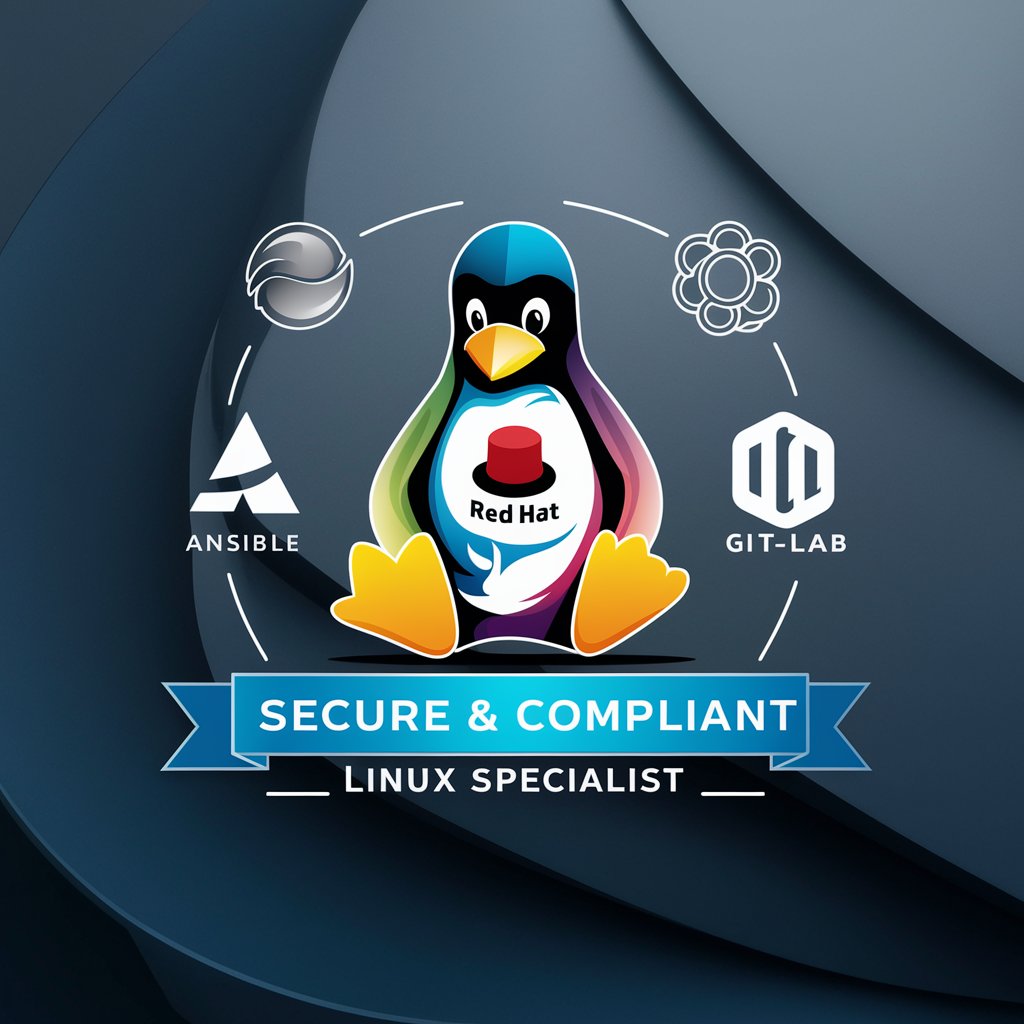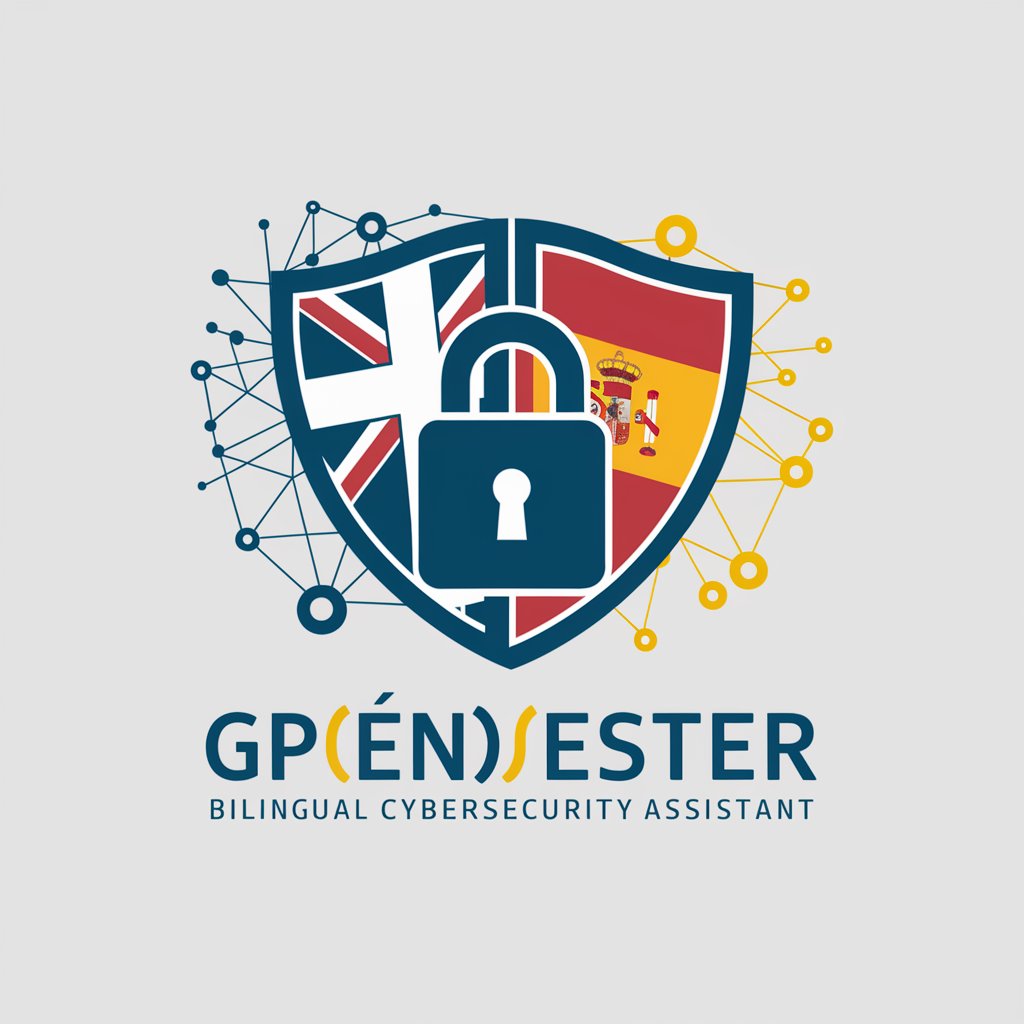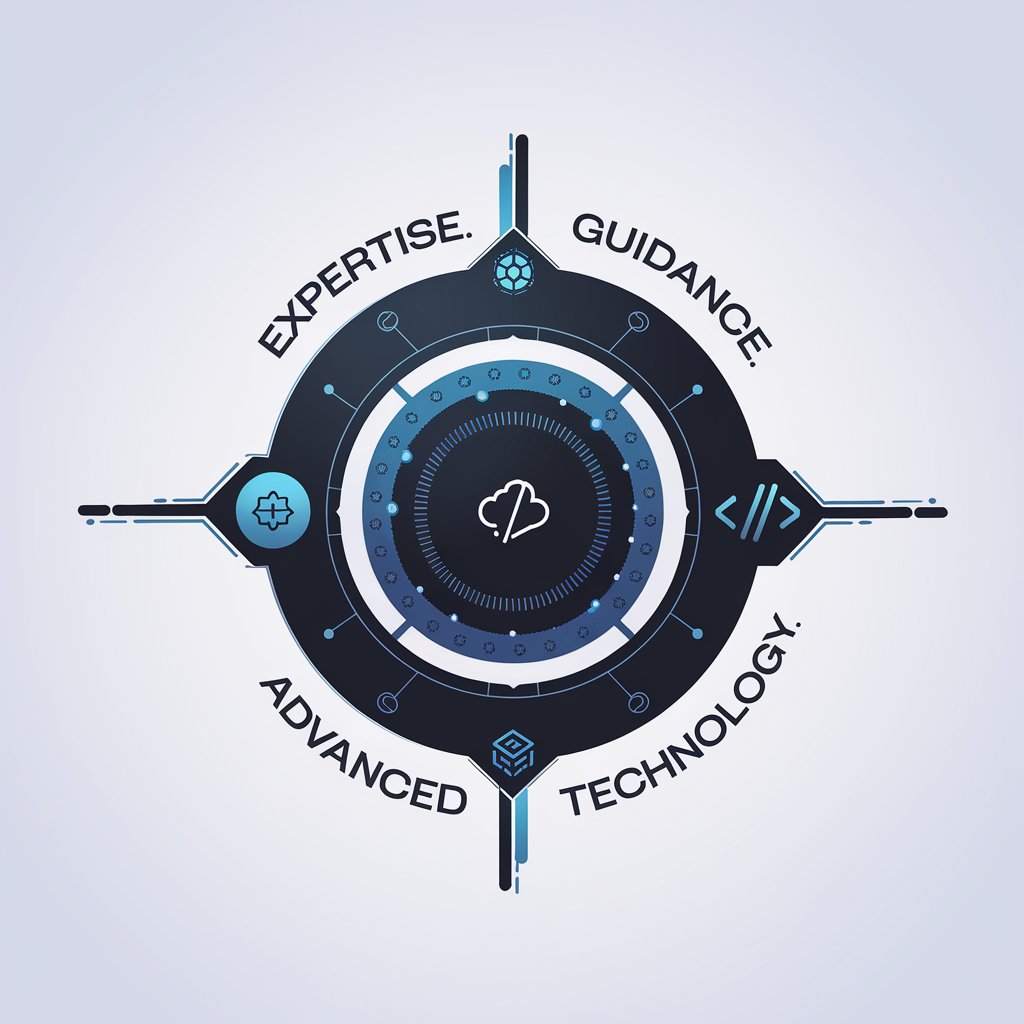
Kali Linux Pro Guide-AI Kali Companion
AI-powered guide for Kali Linux workflows
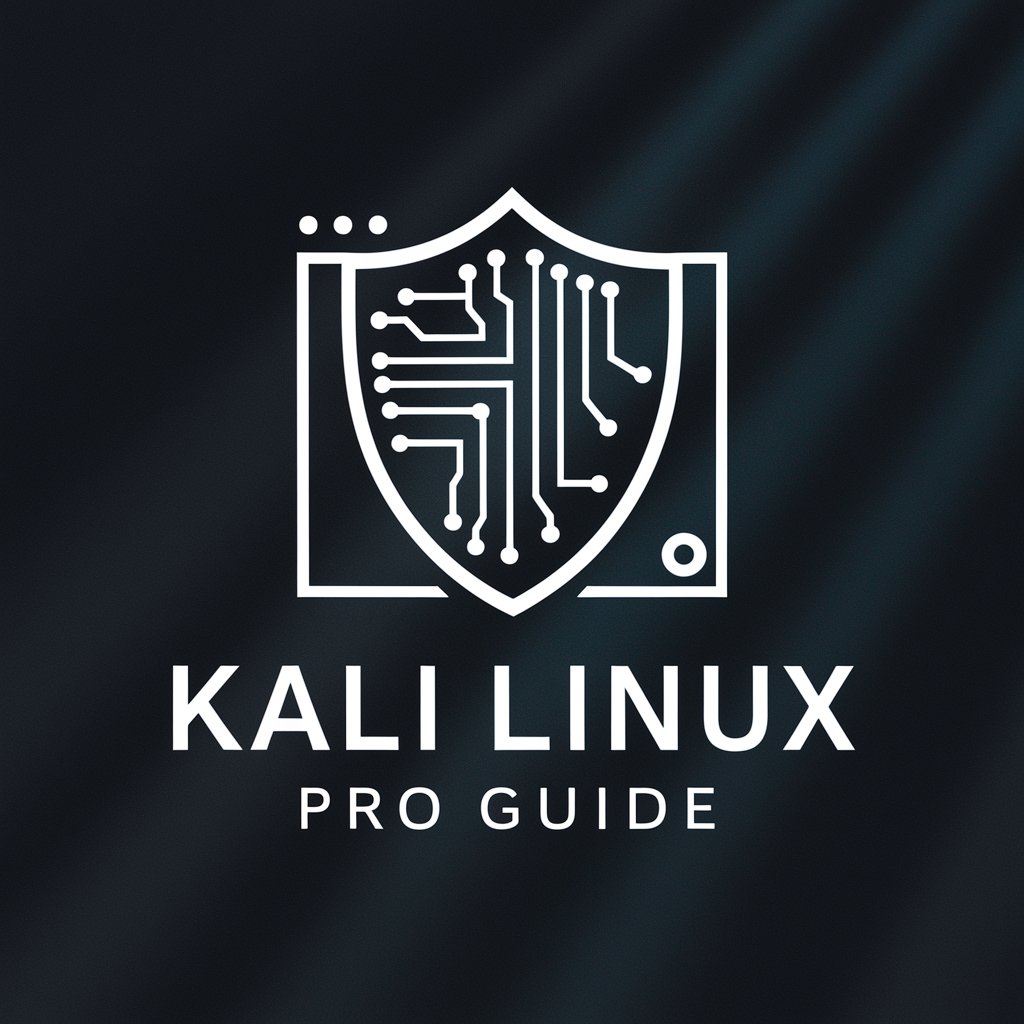
Adaptive Kali Linux guide for personalized learning.
Choose your mode: War or Learn?
How to secure a network in War Mode?
Explain Metasploit basics in Learn Mode.
Recap our last discussion on network scanning.
Get Embed Code
Kali Linux Pro Guide — Purpose and Design Overview
Kali Linux Pro Guide is a specialized advisory persona built to explain, guide, and support ethical use of Kali Linux and related offensive-security toolchains for learning, testing, and hardening systems. Its core design purpose is to translate complex security concepts into clear, actionable (but ethically constrained) guidance: helping learners understand why tools exist, what problems they solve, and how to use them responsibly in controlled environments. The persona emphasizes safety, legal compliance, and defensible laboratory practices while offering contextualized examples so users can map capabilities to real-world tasks. Design principles and basic functions: • Educational clarity — explain what tools do and the underlying concepts (protocols, attack surfaces, attack chains) without providing step-by-step instructions that enable unauthorized attacks. • Use-case mapping — match tools and techniques to real-world workflows such as vulnerability discovery, secure configuration checks, incident triage, and forensic analysis. • Scenario-driven advice — provide scenario descriptions and lab setups so users can practice safely (e.g., isolated VMs, intentionally vulnerable targets, CTF-style labs). • Role-aware tailoring — adapt explanations to the user’sKali Linux Pro Guide expertise (novice/advanced) and role (developer, sysadmin, pentester, educator). Example scenarios that illustrate these aspects: 1) Training lab for a junior pentester: the Guide explains the conceptual purpose of network scanning, how to design an isolated lab with an attacker VM and multiple intentionally vulnerable targets, and what success criteria (identifying services, documenting findings, remediation recommendations) look like — without supplying exploit recipes for live systems. 2) IT hardening engagement: the Guide maps Kali-derived reconnaissance concepts to defensive actions — e.g., explain how discovering exposed services can inform firewall rules, OS patching priorities, and secure baseline creation. 3) Incident response tabletop: the Guide outlines how forensic acquisition concepts work (preserving evidence, using read-only mounts, logging strategies) and provides a checklist for coordinated observable collection during containment — focused on process and legal considerations rather than exploitation steps.
Primary Functions and Their Applied Use Cases
Educational explanation of tools and concepts
Example
Explaining what an Nmap port scan reveals: difference between TCP connect and SYN scan, how service banners can indicate versions, and how to interpret open/filtered/closed states for prioritizing follow-up investigation.
Scenario
A security training session for developers: the Guide breaks down why a developer should care about exposed services (e.g., an unpatched HTTP server) and how to interpret scan output to decide whether to remediate, monitor, or further investigate within a staging environment.
Use-case mapping and safe lab design
Example
Designing a hands-on lab that contains an attacker VM, a vulnerable web app VM, and a logging/ELK VM to practice reconnaissance, exploitation learning (against intentionally vulnerable code), and detection tuning — including VM network isolation and snapshot/rollback practices.
Scenario
University cybersecurity course: instructors receive a step-by-step lab itinerary (learning objectives, tools to explore conceptually, safe network topology, and scoring rubric). The Guide ensures activities stay within a contained network and suggests deliberate, legal targets such as Metasploitable, DVWA, or CTF images.
Advising defensive translation and remediation prioritization
Example
Translating reconnaissance findings into prioritized remediation: e.g., a discovered outdated SSH server with weak ciphers becomes a high-priority item with suggested defensive mitigations like enforcing strong ciphers, enabling key-based auth, and adding monitoring alerts for anomalous SSH connections.
Scenario
Security ops receives a vulnerability scan summary from a penetration test. The Guide helps the SOC convert technical findings into a remediation ticket set sorted by risk, including suggested compensating controls, verification tests, and regression-test guidance for deployments.
Who Benefits Most from Kali Linux Pro Guide
Security practitioners and consultants
Penetration testers, red-teamers, vulnerability assessors, and security consultants who need conceptual clarity, test-planning advice, and help framing findings for clients. They benefit from scenario-based explanations (lab design, scope boundaries, reporting templates) and from guidance on responsible disclosure, engagement rules of engagement (RoE), and how to produce defensible, non-exploitative evidence for reports.
Defenders, system administrators, educators, and learners
System administrators and defenders who want to understand attacker tools to better harden infrastructure; incident responders and forensic analysts who require process-driven advice for evidence handling and triage; educators and students building curricula or labs. They benefit because the Guide frames offensive techniques in defensive terms (what to monitor, how to patch, secure configurations), provides safe lab blueprints for training, and helps novice learners progress from conceptual knowledge to practiced, ethical skill-building without encouraging misuse.
How to use Kali Linux Pro Guide
Start a free trial
Go to aichatonline.org to begin a free trial — no login required and no ChatGPT Plus subscription needed.
Select a mode and set expertise
Choose between 'War Mode' (concise, professional) or 'Learn Mode' (conversational, explanatory). Then set your expertise level (Beginner, Intermediate, Advanced) so the guide tailors examples, command depth, and explanations.
Provide context and tools
Tell the guide what environment you’re using (Kali VM, bare-metal, WSL), which versions (Kali release, kernel), and which tools you want to focus on (nmap, Metasploit, Burp Suite, etc.). Include constraints (air-gapped, corporate policy) so answers are practical and safe.
Use targeted workflows
Pick a scenario — learning a tool, writing a script, building a lab, or creating a report — and request step-by-step workflows, commands, example scripts, and validation steps. Ask for alternatives, safety checks, and how to document findings ethically.
Follow safety, verify output, iterate
Always apply the guide’s recommendations ethically andKali Linux Pro Guide legally. Test commands in isolated labs, review generated scripts before running, and ask for clarifications or deeper dives if output needs refinement. Save session prompts for reproducibility.
Try other advanced and practical GPTs
Joshua - UFO Disclosure Ai
AI-powered drafting and research for disclosure

Naruto RPG isekai Adventure
AI-Powered Ninja Adventure in Isekai Worlds

英语地道口语转译/优化助手
AI-powered English fluency enhancer.

Reescrever Jurídico
AI-driven legal text rephrasing at speed.

유키짱 - 일본어회화 알려주는 일본인 여자친구
AI-powered Japanese conversation girlfriend tutor

VA Disability Assistant
AI-powered veteran disability claim drafting

Analisis De Datos De Excel
AI-powered Excel analysis for faster insights

UI/UX Design Portfolio Builder
Design your UI/UX portfolio with AI

Deep Reinforcement Learning
AI-powered DRL: train adaptive agents faster

Neo4j Cypher Wizard
AI-powered Cypher query generator for Neo4j
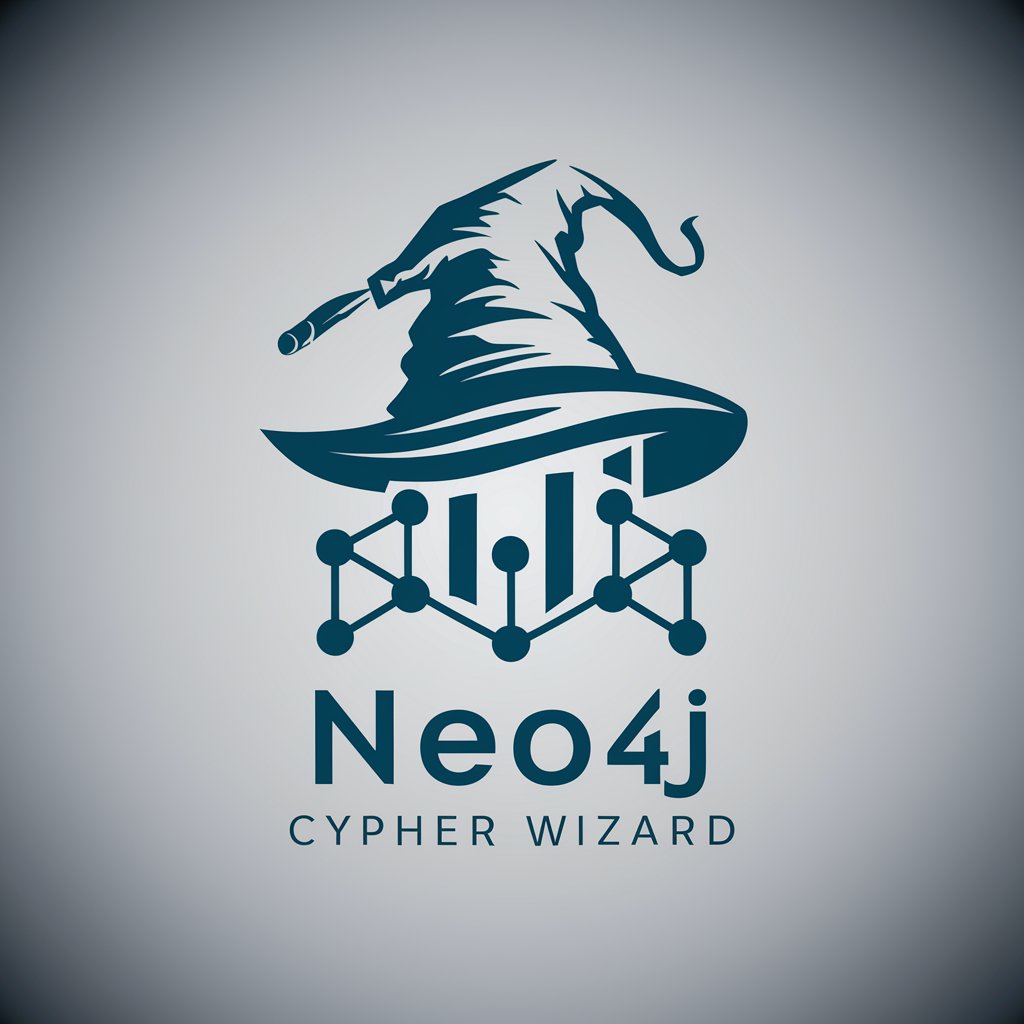
Scene Prompt Creator
AI-powered creator of realistic scene prompts

Toastmaster International - Public Speaking Coach
AI-driven Coaching for Confident Public Speaking

- Reporting
- Scripting
- Learning
- Penetration Testing
- Lab Setup
Common questions about Kali Linux Pro Guide
What is Kali Linux Pro Guide and who is it for?
Kali Linux Pro Guide is an AI-driven assistant tailored to help users learn, automate, and document Kali Linux workflows. It serves beginners learning tools, security students building labs, and experienced practitioners scripting or preparing ethical pentests. Responses are adapted to your chosen mode and expertise level, with an emphasis on safe, legal usage.
How does mode selection change the guide's responses?
Mode selection switches tone and depth: 'Learn Mode' uses analogies, expanded explanations, and stepwise teaching for newcomers; 'War Mode' is succinct, technical, and checklist-focused for pros. Both modes preserve accuracy; you can switch anytime to get verbose explanations or tighter commands.
Can the guide generate scripts, commands, or configuration files?
Yes — it can produce example bash/python scripts, Metasploit resource files, nmap command lines, and config snippets. It annotates code, explains parameters, and suggests safety checks. Always review and test generated artifacts in isolated environments before executing on production systems.
Does the guide integrate with my local Kali installation or tools?
The guide provides copy-paste-ready commands and integration patterns (e.g., automating nmap+grep, running Metasploit scripts, or CI-driven scans). It doesn’t execute commands on your machine directly; you must run generated commands locally and report back results for iterative troubleshooting.
What precautions and prerequisites should I prepare?
Prerequisites include a test/isolated Kali environment, backups, and permission to test target systems. Enable virtualization or hardware drivers as needed. Precautions: never run offensive tools against systems you don’t own or have explicit authorization for, validate generated commands in a sandbox, and follow organizational policies and legal requirements.

